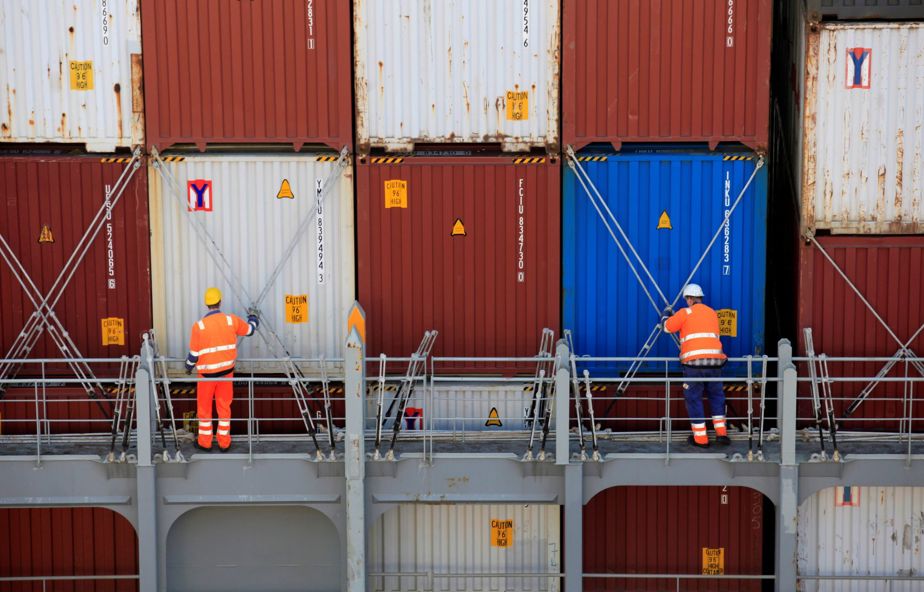Australia is one of the ‘big three’ frozen and chilled meat exporting countries, alongside Brazil and the United States, having been in the top three for over seven decades.
This important industry contributes significantly to the Australian economy year on year. In 2019 alone beef exports were $10.8B, sheep meat exports were $4.1B, before adding in goat, camel and other exotic meats Australia is involved in. Producers are constantly challenged by the traditional scenarios of drought and flood, having to manage their herd sizes and availability of feed accordingly.
Once you add in dynamic world environments such as country import quotas, shipping complexities, currency fluctuations and of course a global pandemic, you can see just how challenging an industry it can be!
Marine insurance is another aspect that needs to be managed by the meat industry, utilising the insured’s and broker’s knowledge, as well as marine underwriting expertise to manage and mitigate risk.
Frozen or chilled shipments?
The bulk of Australian meat exports are frozen, which is traditionally packed in cardboard cartons, loaded onto pallets into a sea shipping container. The type of shipping container used would have mechanical refrigeration (often called a ‘reefer’) with the temperature set at -18°C.
There is also an expanding demand in higher value chilled meat which can be either transported by sea, in a similar manner to frozen but with the ‘reefer’ set to a temperature of 4°C, or sent via air in specialised airfreight containers designed to go in the hold of an aircraft.
Whilst there are some ‘refrigerated’ air containers, the majority of these are not mechanically controlled, relying on the containers insulation properties and a medium such as ‘dry ice’ or gel packs to maintain the temperature.
Insurance coverage
When it comes to the insurance of meat exports there are several different levels of cover that are available, so it is essential to make sure that all parties understand the level of cover being arranged.
There are three main levels of cover, each with different exposures and risks associated. There is a more restrictive ‘mechanical breakdown’ cover, a ‘deterioration’ cover, or a very broad ‘extension’ cover that also brings into the policy cover for loss caused by delay.
In addition, certain covers can be arranged (restricted to specific destinations) to cover the exposure of rejection, or extended rejection by government authorities according to pre-determined protocols. These covers require additional information and underwriting as they bring in significant risks and exposure.
Claims and underwriting expertise is key
Specialist claims management expertise and experience is vital on meat export accounts to ensure prompt and appropriate action is taken in the event of a claim. Proactively working with the insured and their customers will provide the best opportunity to mitigate further loss.
We prefer to work collectively with the broker, insured and their buyer/trade organisations to achieve the most favourable outcomes.
When it comes to underwriting the risk a collective approach is also the preferred choice. Utilising the broker and insured’s in-depth knowledge of their business and chosen markets with our experienced underwriters and in-house risk engineer resources to ensure the most appropriate and sustainable outcome for all.
The meat industry is constantly evolving with new overseas markets opening up, uptake of technology such as GPS trackers/temperature alarms as well as changes to packaging methods making it an exciting and dynamic commodity to be involved with.
How can I find out more?
Contact your local NTI Marine Specialist and State Development Specialist, or visit www.nti.com.au
